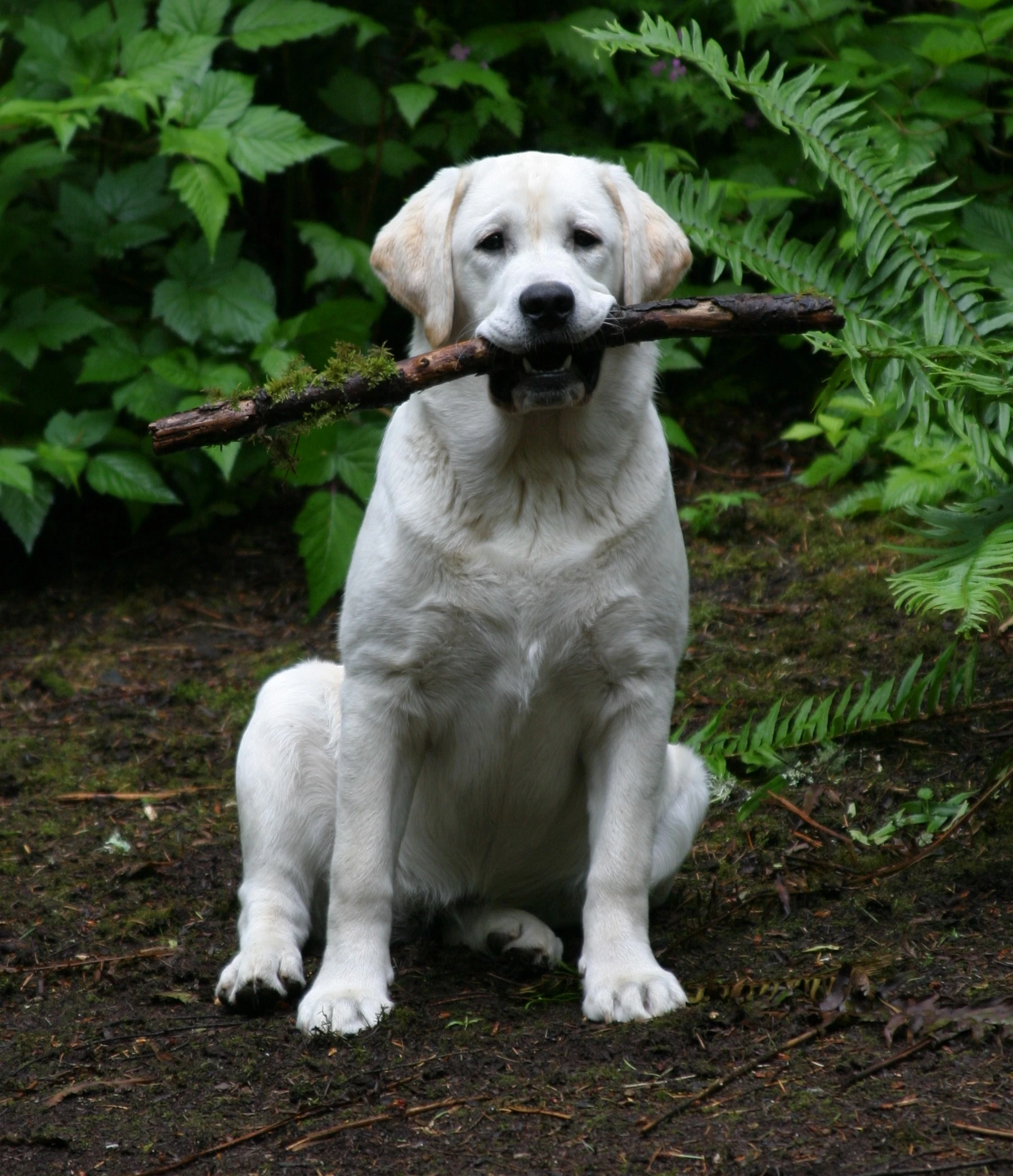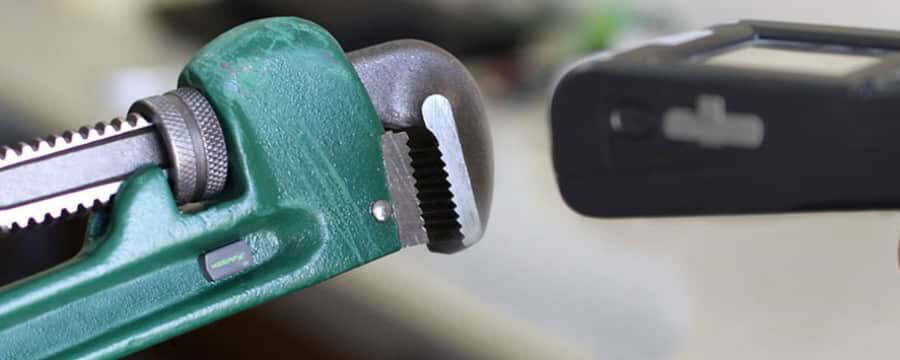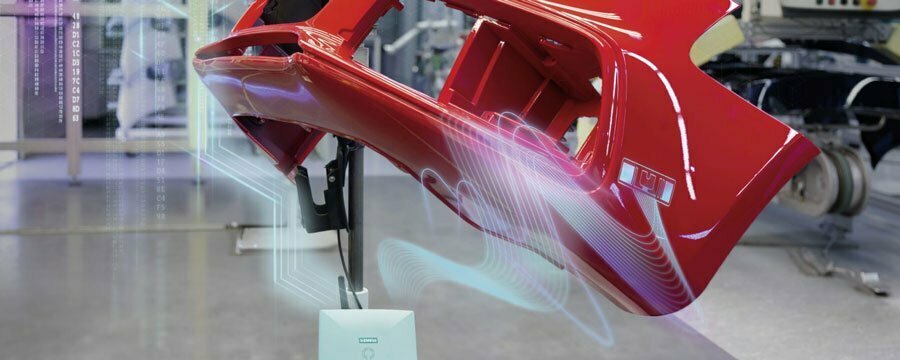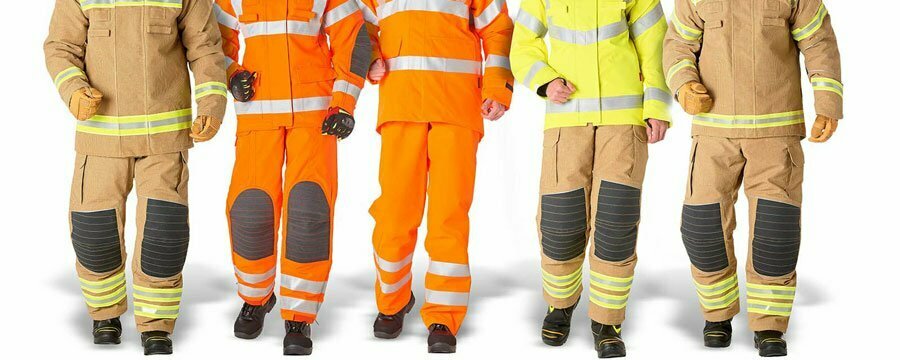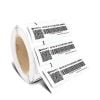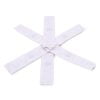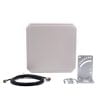RFID (Radio Frequency Identification) technology plays a crucial role in the Internet of Things (IoT) by enabling the seamless identification, tracking, and management of objects within a connected network. Here are some key roles and applications of RFID in IoT:
1. Asset Tracking and Management
RFID tags attached to assets allow for real-time tracking and management of physical items. This includes:
- Inventory Management: Automated inventory checks and updates, reducing manual labor and errors.
- Supply Chain Management: Tracking goods through the supply chain from manufacturing to delivery, improving transparency and reducing losses.
- Equipment Tracking: Monitoring the location and usage of equipment in industries like healthcare, manufacturing, and construction.
2. Enhanced Data Collection
RFID enables the automated collection of data about tagged items without human intervention. This data can be used to:
- Monitor Conditions: Track environmental conditions such as temperature, humidity, and exposure to light, which is crucial for sensitive goods.
- Automate Processes: Streamline business processes like automatic reordering of supplies when inventory runs low.
3. Improved Efficiency and Accuracy
By automating identification and data collection, RFID improves operational efficiency and accuracy in various sectors:
- Retail: Accelerates checkout processes, manages stock levels, and reduces theft.
- Manufacturing: Enhances production line efficiency by tracking components and finished products.
4. Real-Time Location Systems (RTLS)
RFID is integral to RTLS, which are used to determine the real-time location of objects or people within a defined area:
- Warehouse Management: Optimize storage and retrieval operations.
- Healthcare: Track the location of medical equipment, patients, and staff within a hospital.
5. Security and Access Control
RFID technology is widely used for secure access control and authentication:
- Building Access: RFID badges provide secure access to buildings and restricted areas.
- Event Management: Manage entry to events and monitor attendee movement.
6. Smart Logistics and Transportation
RFID tags can be used to monitor the movement and condition of goods in transit, providing valuable data for logistics optimization:
- Fleet Management: Track vehicles and manage fleet operations more effectively.
- Cold Chain Logistics: Ensure temperature-sensitive products are stored and transported within safe temperature ranges.
7. Smart Cities
RFID contributes to various smart city applications by enabling efficient resource management and service delivery:
- Waste Management: Monitor and optimize waste collection routes.
- Public Transportation: Manage fare collection and passenger flow.
8. Agriculture and Livestock Management
RFID enhances the management of agricultural processes and livestock:
- Animal Tracking: Monitor the health, location, and breeding patterns of livestock.
- Crop Management: Track the growth and condition of crops, improving yield and reducing waste.
9. Consumer Goods and Retail
In the consumer goods sector, RFID technology is used to improve inventory accuracy, enhance customer experience, and prevent theft:
- Smart Shelves: Automatically detect when products are out of stock or misplaced.
- Interactive Shopping: Provide customers with product information and recommendations via RFID-enabled devices.
10. Industrial IoT (IIoT)
In industrial settings, RFID enhances operational efficiency and safety:
- Tool Tracking: Ensure the availability and proper use of tools and equipment.
- Predictive Maintenance: Monitor the condition of machinery and predict maintenance needs to prevent downtime.
Conclusion
RFID technology, when integrated with IoT, significantly enhances the ability to collect, manage, and analyze data about physical objects. This integration supports smarter decision-making, increases operational efficiency, and opens up new possibilities for innovation across various industries.



